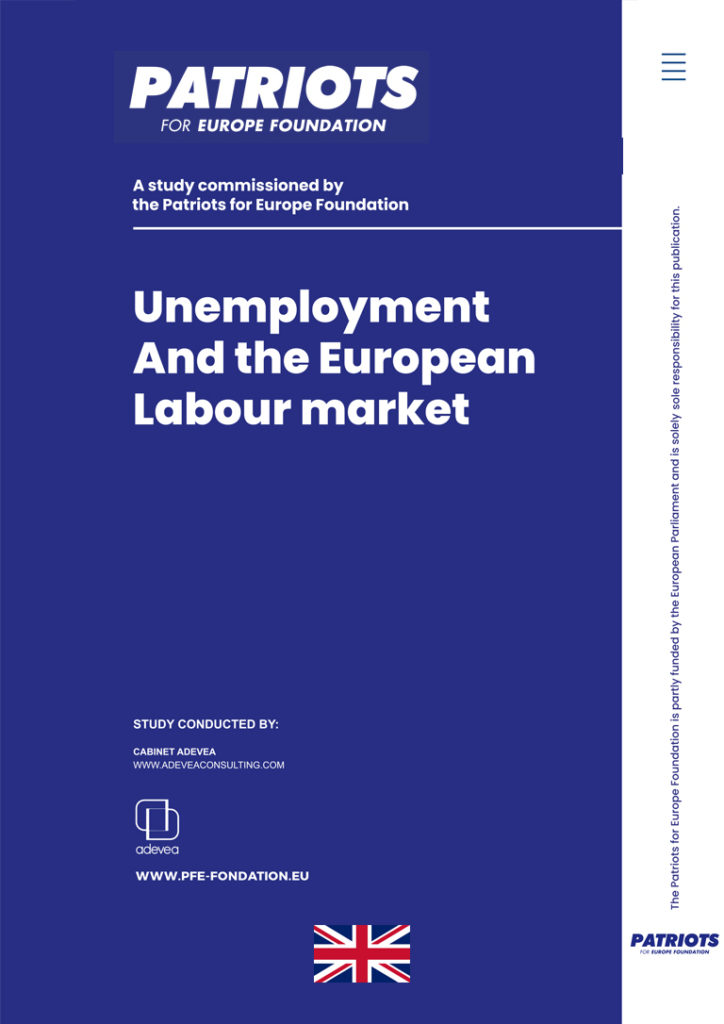Unemployment and the european labour market
In an increasingly complex and multifaceted world, it is vital to be able to break free from stereotypes and deconstruct numbers. The concept of unemployment is often over-categorised. We are sometimes quick to infer the health of a country and its people, or even the effectiveness of its employment policies, from a particular figure and its trend. But unemployment rates hide many realities and can only be interpreted by looking at other factors in detail. The unemployment rate in Europe reached an unprecedented low in 2022, and subsequently continued to decrease, reaching 5.9% in May 2023. The objective of this study is to unveil the hidden aspects of this phenomenon, transcending the limitations of raw and opaque data that fail to reflect reality.
In the context of a challenging employment market, the supply of available positions is found to be inadequate in meeting the demand for employment. The excessively high number of unemployed people is unable to meet the needs of businesses. At the European level, the implementation of opportunistic solutions that have a significant impact on our country has been ongoing for several years.
In order to establish a precise and objective picture, a European survey of unemployment has been carried out to better understand the situation in France. In-depth data analysis has enabled the identification of issues such as job vacancies, rising labour costs, generational demographics, job migration and professional training policies.
Based on these elements, we then set out to give some recommendations from the field, whilst acknowledging the intricacies of the employment landscape, in order to answer the following questions: how can we tackle unemployment and the shortage of qualified workers? How is European migration policy currently affecting employment variables? How can we stem the brain drain and respond qualitatively to companies’ needs?
Study carried out by Adevea.
Study commissioned and published by the Patriots for Europe Foundation.


